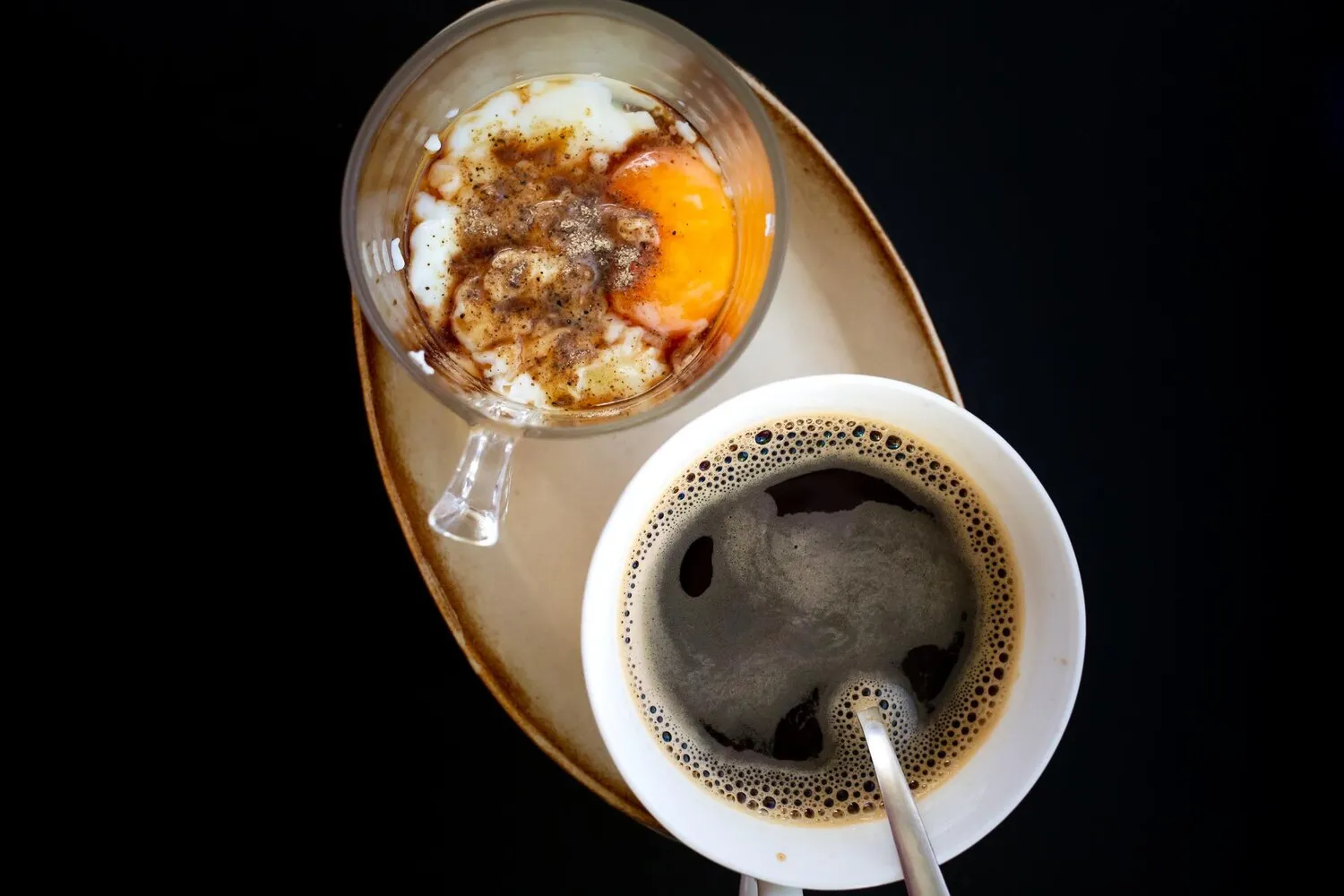
Bubble Tea
A tea-based drink with milk, sugar, and tapioca pearls.
Nutrition Facts
* The % Daily Value (DV) tells you how much a nutrient in a serving of food contributes to a daily diet. 2,000 calories a day is used for general nutrition advice.
Bubble tea emerged in Taiwan in the 1980s, amidst a vibrant tea culture and a desire for innovative beverage options. Its exact origin is debated, with claims from both the Chun Shui Tang teahouse in Taichung and the Hanlin Tea Room in Tainan.
Bubble tea has become a global phenomenon, transcending its Taiwanese origins to become a beloved beverage worldwide. It represents a fusion of traditional tea culture with modern innovation and appeals to a diverse demographic.
Social Gathering
Bubble tea shops often serve as social hubs, particularly for young people, providing a space to relax, chat, and enjoy a customized drink.
Customization
The high level of customization – from tea type to sweetness level to toppings – allows individuals to create a drink that perfectly suits their preferences, fostering a sense of personalization and control.
Global Trend
Bubble tea's global popularity has led to the establishment of specialized shops and the integration of bubble tea elements into other food and beverage products, demonstrating its significant cultural impact.
Bubble tea boasts a diverse range of flavors, primarily built upon a base of tea (black, green, oolong, or white) combined with milk or non-dairy creamer and various sweeteners. The defining characteristic is the chewy tapioca pearls, also known as boba.
The most common flavors include classic milk tea (black tea with milk and sugar), taro milk tea (flavored with taro root powder or puree), mango green tea (green tea infused with mango flavor), and brown sugar milk tea (milk tea sweetened with caramelized brown sugar). Fruit-based flavors often utilize fruit purees, syrups, or powders. Other variations include matcha milk tea, coffee milk tea, almond milk tea, and various flavored teas without milk. Toppings beyond tapioca pearls include pudding, jelly (grass jelly, coconut jelly, agar jelly), red bean, and popping boba (juice-filled spheres).
Sweetness Level
Adjust the sweetness level to your preference, as many shops allow you to specify the percentage of sugar (e.g., 0%, 25%, 50%, 75%, 100%).
Ice Level
Similarly, you can often customize the amount of ice in your drink. Consider ordering less ice for a more concentrated flavor.
Bobas First
Enjoy the Bobas first, or the tapioca pearls may get hard and soggy.
Stir Well
If toppings or flavorings settle, stir the drink well before consuming to ensure an even distribution of flavor.
Explore additional Drink dishes and restaurants
Explore DrinkDiscover top dining spots and culinary experiences in Frankfurt am Main.
Explore Frankfurt am MainLearn more about the food culture, restaurant scene, and culinary heritage of Germany.
Explore Germany